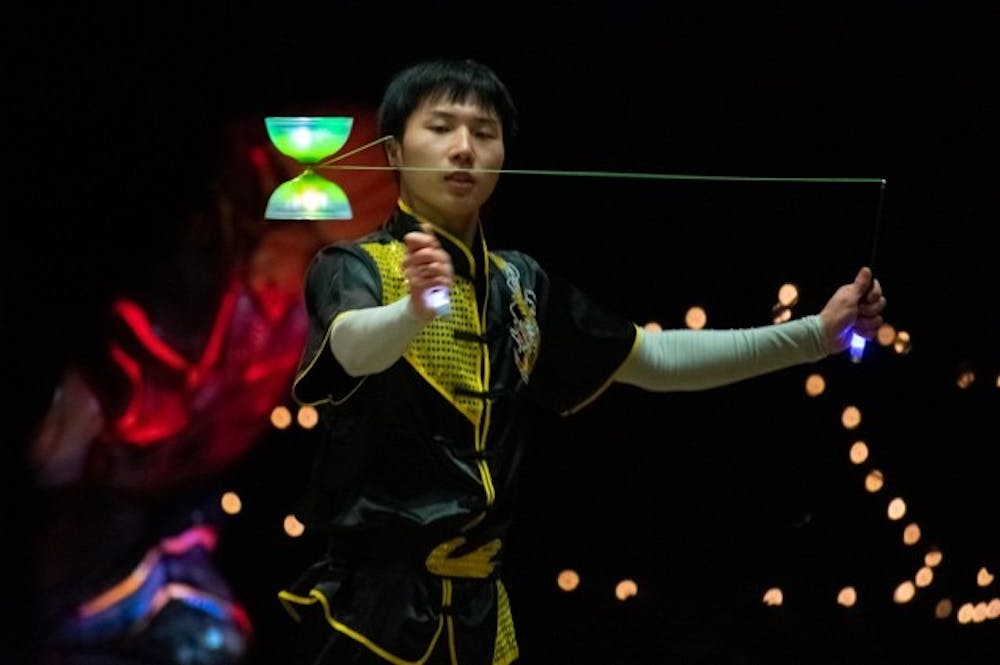A stream of cars sat bumper-to-bumper all the way down Regency Parkway in Cary this weekend, filled with attendees eagerly waiting to see the sixth annual North Carolina Chinese Lantern Festival.
A large, red-lit archway welcomed visitors at the front of the amphitheater and led to a lantern-filled pathway. The festival, which concluded Sunday, returned this year after being canceled due to the pandemic and was once again held at the Koka Booth Amphitheatre.
Typically held during the months of November and January, the lantern festival is a partnership between the Town of Cary and Tianyu Arts and Culture, Inc., a Chicago-based company based that produces Chinese lantern festivals.
“Tianyu reached out to the Town of Cary in 2015, and they were looking for another location for one of their lantern festivals,” William Lewis, Cary's cultural arts manager, said. “...There had been other lantern festivals in the United States, but mostly in really large urban markets like Seattle and Oakland and Oklahoma City and places like that, and a few of them were around this holiday period.”
Lewis said this year’s festival had record attendance, with an approximate 70 percent increase in attendance compared to 2019, the last time the festival was held.
“The total number for the full span of the festival in 2019 was 125,000 people,” he said. “Even on Wednesday, the attendance has already topped 180,000, and we still have a couple more days left.”
Lewis said the increase in attendance might be due to the new additions of VIP and Twilight tours.
“The normal hours start around 6 p.m., but Twilight was between 4:30 p.m. and 6 p.m.,” he said. “You could buy a ticket to come, and as the sun was setting, you could be in there with fewer people, and so all of those tours sold out in advance and were super popular.”
There is a lot that goes into making the lanterns for the festival, Yuanyuan Lu, Tianyu Arts and Culture project manager, said. Lu said the beginning stages of the process include modeling on the computer, welding and mantling the lanterns.



